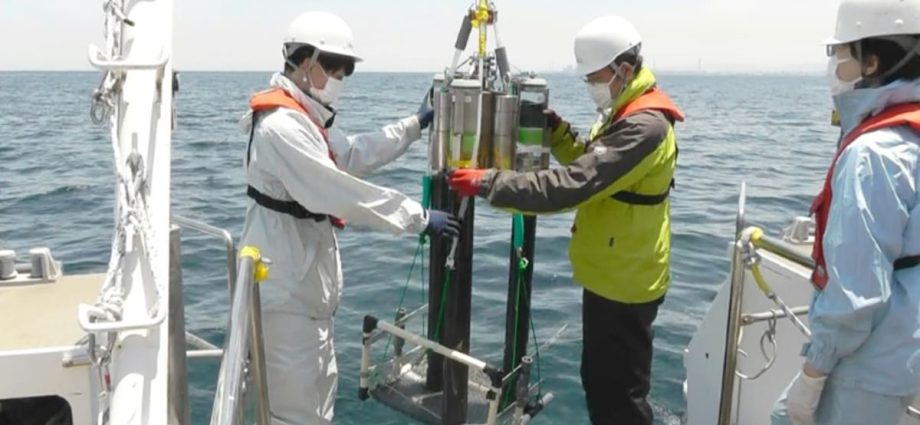
That perfect preservation is the result of several unique characteristics, explained Yusuke Yokoyama, a professor at the University of Tokyo’s Atmosphere and Ocean Research Institute, who has analysed core samples from the site.
The bay floor dips down quickly from the shoreline, creating a basin that traps material in the water column and “kind of creates a miso soup”, he told AFP.
Water can flow in, but only moves back out at the surface, and a lack of oxygen means there are no organisms disturbing the sediment or disrupting deposits.
A “WARNING BELL” FOR HUMANITY
“It’s like Baumkuchen, the cake, a stack of pancakes, and you can count those pancakes to get the precise age,” he added.
For a site to be considered a golden spike location, it must meet several conditions, including offering a record of at least the last century, along with specific “anthropogenic signals” like nuclear bomb testing, ecosystem change and industrialisation.
It also needs to offer a complete archive of the period covered, and markers that allow scientists to identify which layer represents which year.
Coral is considered by some to be a good candidate because it grows in layers like a tree trunk and absorbs elements dissolved in water, including signatures from nuclear testing.
But it cannot capture materials that do not dissolve in water, like microplastics.
The sediment of Beppu Bay, by contrast, captures everything from agricultural fertiliser run-off to deposits from historic floods recorded in official documentation, as well as fish scales and plastics.
The most compelling feature however, according to Kuwae and Yokoyama, are the signatures from a series of nuclear bomb tests carried out across the Pacific Ocean from 1946 to 1963.

